In My Mother's Footsteps by Yishay Garbasz

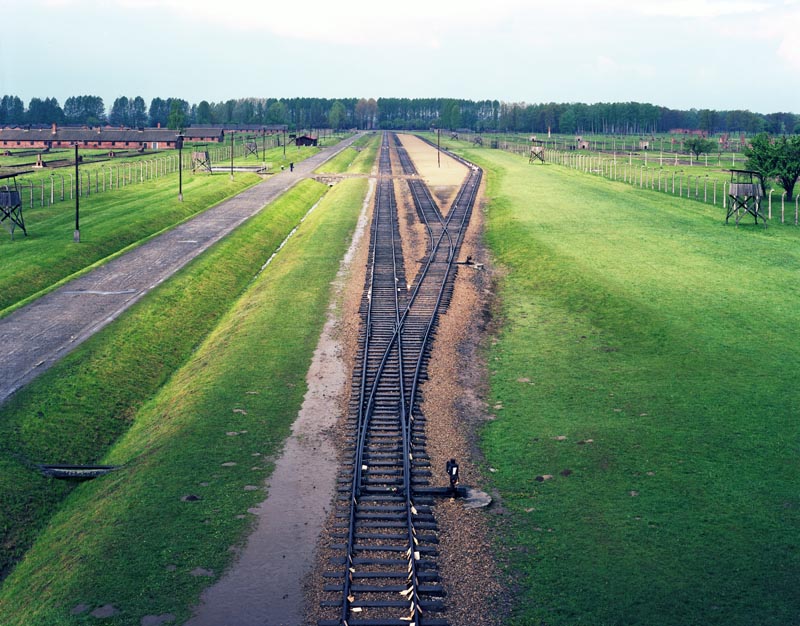
In My Mother's Footsteps connects the present day with historical traumas: Garbasz's main artistic interest is around the inheritance of post-traumatic memories, and the politics of trauma—who is able to speak? She was interviewed about the politics of allyship and solidarity, cultural memory, institutionalised oppression, visibility and survival for trans people for the Verso blog.
Garbasz traced her mother's path for a year, often on foot, over long distances. "I needed to see firsthand what remained of my mother's memories. My mother left parts of her soul in those places, and I intended to go back to collect them. And as I am a photographer, the camera was going to be my tool to help me see." Garbasz used a large camera, forcing her to spend time at each location, letting the image come to her.
On his deathbed, Garbasz's father made his wife promise to write down her story. Quotations from her account are placed next to Garbasz's photography in In My Mother's Footsteps. The photographer was able to present the series to her mother, who died just a short while after its completion. On Holocaust Memorial Day, Verso presents a selection of images from this book.
I was born in 1929 in Berlin, Germany. We lived at Linienstrassand at number 64.
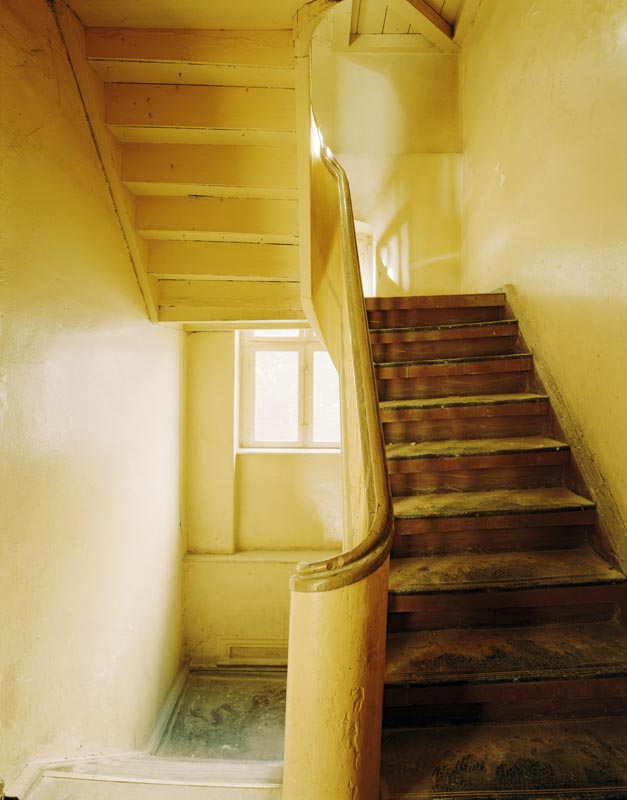
We went to live in a town named Groningen, in the northeast of Holland. We were quite poor, as we had left most of our possessions in Germany. We rented a flat in a Jewish neighborhood, close to the two synagogues. Our home was very religious.
Folkingestraat 29A.
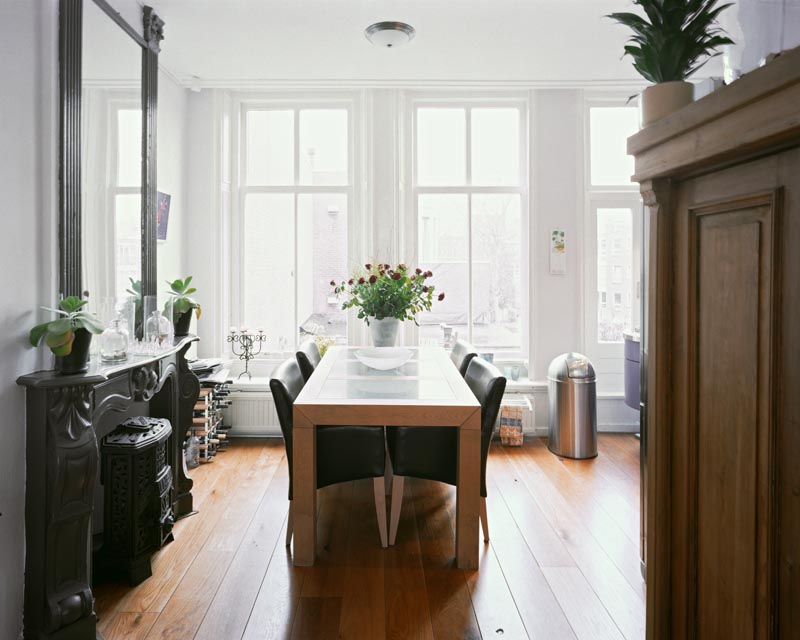
We arrived in Theresienstadt and were quartered in a barrack (Kaserne). I remember that it was called the 'Hamburger Kaserne.'
The women were put in a room, sixteen or so at a time, in double-decker beds. Mother, Minna, and I shared a corner near a window with one other woman.
We still had our rucksacks and some odds and ends. Minna worked in a children's home, and cleaned there. Mother was in charge of our room. Some women worked outside the barracks.

For the first time, we traveled in a closed cattle car. It was very crowded. There was a bucket in which to relieve yourself, and opposite, a bucket of drinking water. The water bucket was empty quite soon, but the other bucket filled to overflowing. When the train made a sharp turn, some of the contents spilled over the sides, and the people next to it got drenched.
We had been told that we were going to Birkenau to work, but we didn't know what to believe.
When we finally arrived in Birkenau, we heard shouts, "Schnell, schnell, raus, raus!" ("Quick, quick, get out, get out!"). There was much pushing and shouting. We were made to form two columns. The men were separated from the women. It was now obvious that only families with older children had been sent from Theresienstadt on this transport. I was only fifteen years old, and among the youngest.
While we were waiting in line, some inmates in striped pajamas told us out of the sides of their mouths to give them our jewels as they would be taken from us anyway. Mother took off her wedding ring and dropped it into a hole in the ground, which she dug with the heel of her shoe.

Many women in the camp started suffering from seizures. This was caused by the chemicals used in the factories around us.
Christianstadt
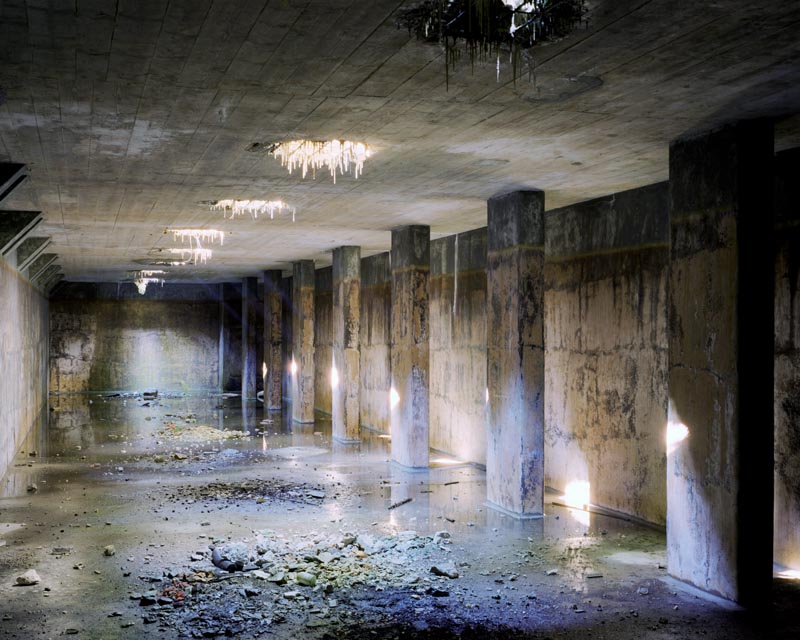
When the British soldiers came, they transferred us by ambulance to the barracks formerly occupied by the SS. They took off my clothes and wrapped me in a blanket sprayed with DDT. I tried to take my loaves of bread with me. But they refused to let me have them, because they were so mildewed. I started shouting, but nothing helped. I couldn't speak any English. I didn't know what was happening, and really was too weak to put up any resistance.
I remember that a soldier put me on a table, and a German nurse sponged me. While she cleaned me up, she shook her head and said to the soldier, "We didn't know. . . you must believe me."
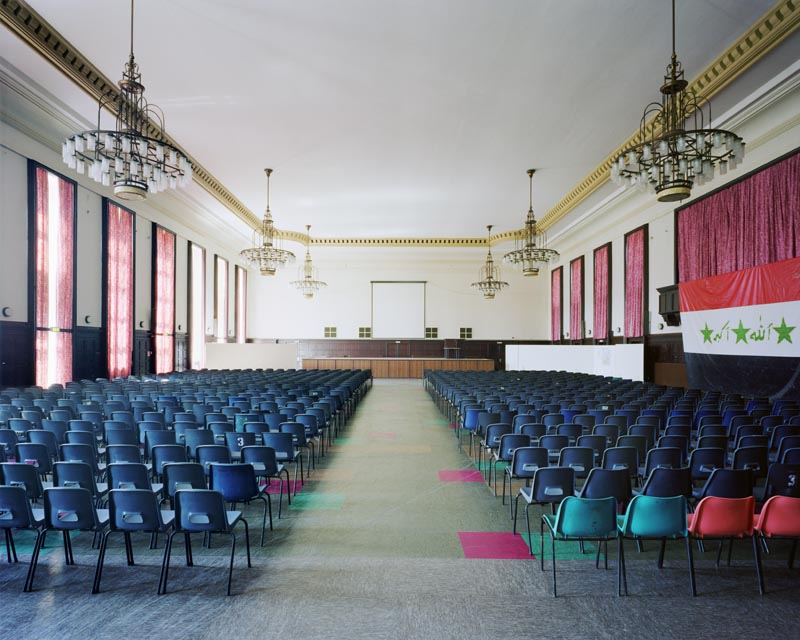
After the war, as my mother and her sisters went on to pick up the pieces of their lives, they all eventually emigrated to Israel. Normal life, having lived through the unlivable, had enormous challenges for each of them. Until her death in November 2006, my mother lived just ten minutes from her sister Minna. They spoke daily.
---
Yishay Garbasz finds significance in numbers, often using them to frame aspects of her personal history, memory, and imagination. Garbasz, who also is transgender, previously explored issues of identity during her sexual reassignment surgery, documenting her body in the process. “I’m a very tactile and kinesthetic thinker, this is how I enter things, I enter the world through a very personal space, through my heart.” She is the author of Becoming: A Gender Flipbook and In My Mother's Footsteps, in which she documented the path of her mother’s path to a Nazi extermination camp, counting the number of steps and photographing her progress periodically, and branded her arm with her mother’s prison camp identification number. These numbers constitute abstracted markers of real-world experiences that Garbasz translates back into materiality through her performances and documentary photographs.
